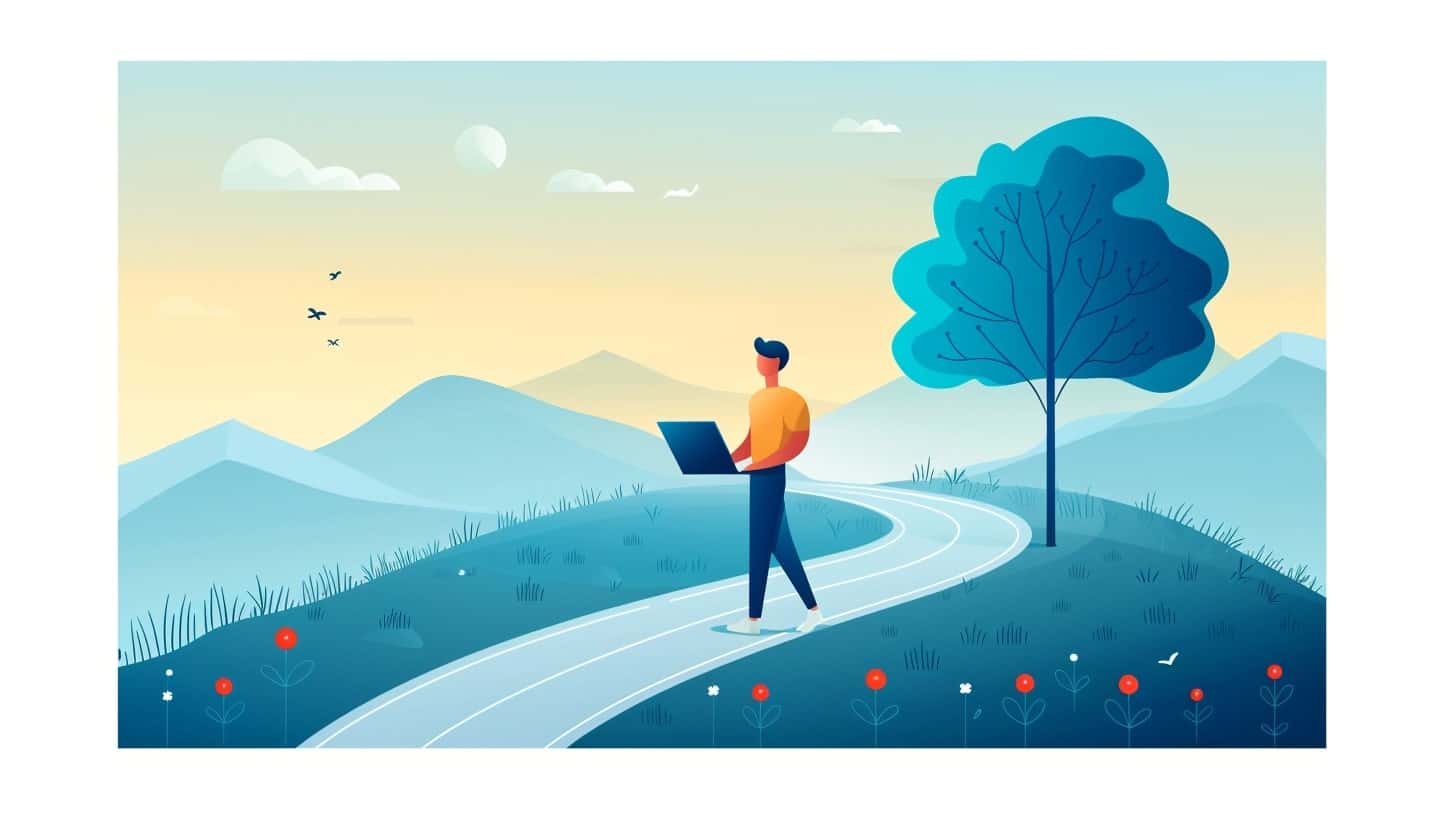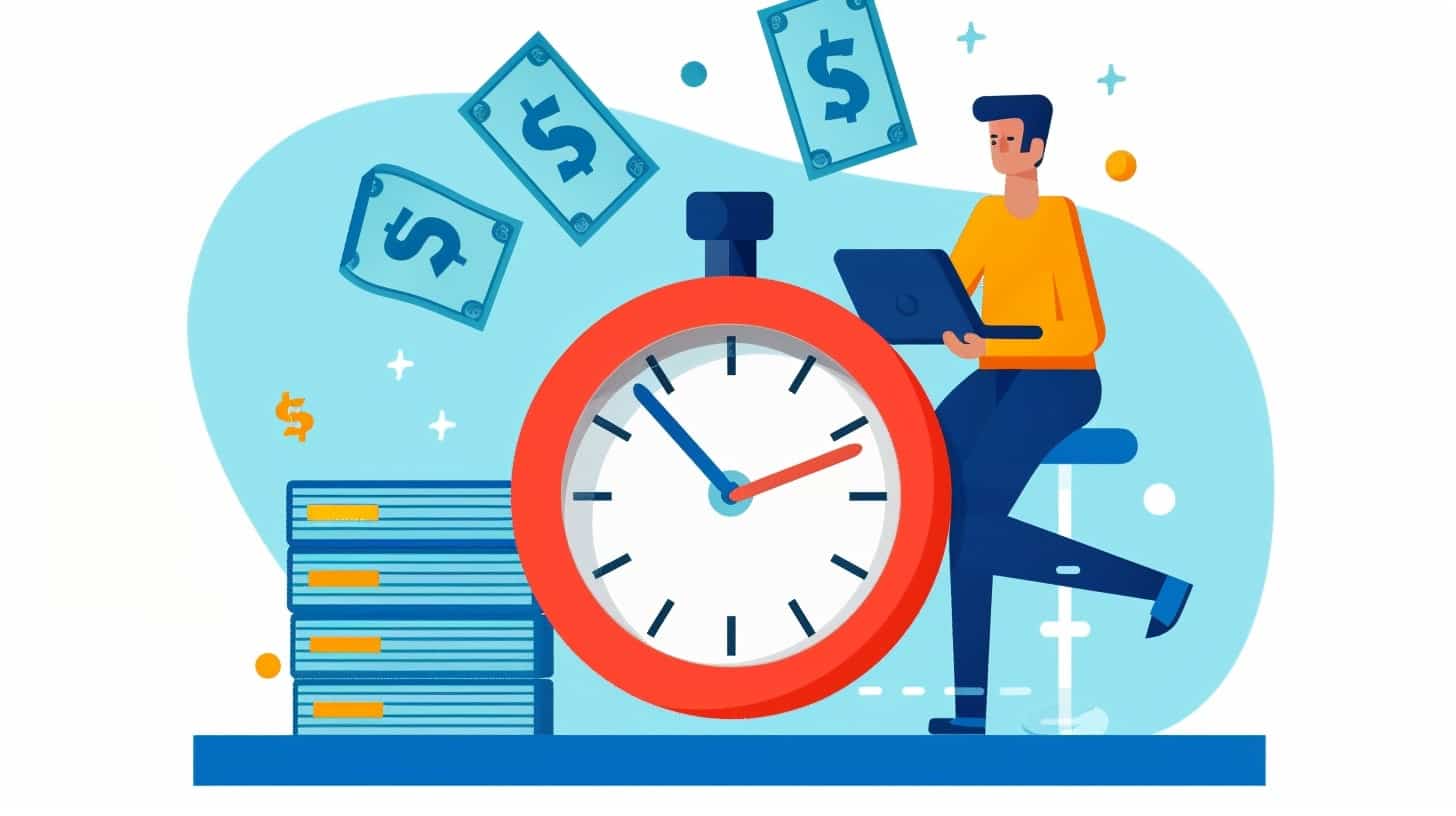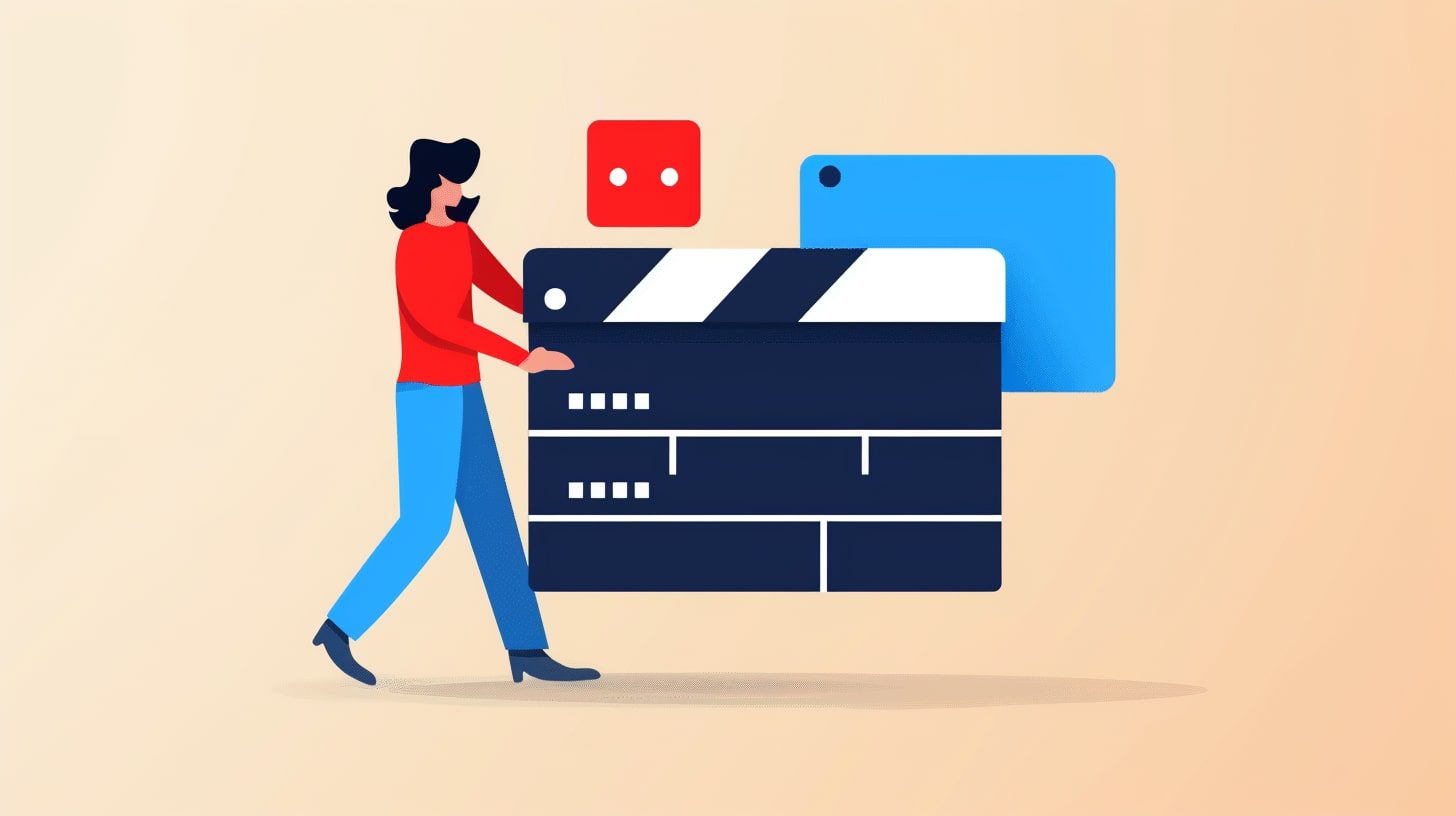
Introduction
In the ever-evolving digital marketing landscape, businesses are often faced with a pivotal decision: should they invest in organic SEO or paid advertising?
Each strategy offers unique advantages and drawbacks, and understanding them in depth can help you make a well-informed choice.
This article delves into the intricacies of organic SEO and paid advertising, providing a detailed analysis of their pros and cons, and offering guidance on when to deploy each approach for optimal results.
What is Organic SEO?
Organic SEO (Search Engine Optimization) involves optimizing your website to rank higher in search engine results pages (SERPs) naturally, without paying for placements.
It encompasses a range of strategies aimed at improving your site’s visibility and relevance to search engines and users alike.
This includes optimizing content, enhancing site structure, building high-quality backlinks, and ensuring a smooth, user-friendly experience.

Pros of Organic SEO
- Long-Term Results
- Durability: Once your website achieves high rankings, it can maintain these positions with consistent, albeit reduced, ongoing effort.
- Example: An article on a well-optimized blog can continue to attract traffic and generate leads for years with minimal updates.
- Cost-Effective
- Initial Investment: While the initial setup of an SEO strategy requires time and resources, the ongoing costs are relatively low compared to paid advertising.
- Example: Investing in content creation, technical SEO, and link-building strategies initially, then benefiting from sustained organic traffic.
- Builds Credibility and Trust
- Perception: High organic rankings are often perceived as a sign of credibility and authority, which can enhance your brand’s reputation.
- Example: Users are more likely to trust and click on organic search results over paid ads, viewing them as more authentic.
- Increases Organic Traffic
- Visibility: Higher rankings lead to increased visibility and traffic from users who are actively searching for your products or services.
- Example: Ranking for high-volume keywords can significantly boost the number of visitors to your website without incurring additional costs per click.
- Higher Click-Through Rates (CTR)
- User Preference: Users often click on organic results more frequently than paid ads, leading to higher CTRs for organic listings.
- Example: A top organic search result for a competitive keyword can attract a substantial portion of the search traffic.

Cons of Organic SEO
- Takes Time to See Results
- Slow Progress: Achieving high rankings in SERPs can take several months or even years, depending on the competitiveness of your industry and keywords.
- Example: A new blog or website might take six months to a year to rank well for competitive keywords.
- Requires Ongoing Effort
- Maintenance: Maintaining high rankings requires continuous updates, content creation, and technical optimization.
- Example: Regularly updating blog posts, acquiring new backlinks, and ensuring site health through technical audits.
- Algorithm Changes Can Impact Rankings
- Volatility: Search engines frequently update their algorithms, which can cause fluctuations in your rankings.
- Example: A Google core algorithm update can change the ranking dynamics overnight, affecting your site’s position.
- Initial Resource Investment
- Effort: The initial phase of an SEO campaign requires significant effort and expertise to implement best practices effectively.
- Example: Conducting comprehensive keyword research, optimizing on-page elements, and creating high-quality content.
What is Paid Advertising?
Paid Advertising involves paying for ad placements on search engines, social media platforms, or other websites.
The most common forms of paid advertising include pay-per-click (PPC) ads, display ads, and social media ads.
These ads appear at the top or in prominent positions on SERPs and other platforms, driving immediate visibility and traffic.

Pros of Paid Advertising
- Immediate Visibility
- Quick Results: Ads can appear at the top of search results or social media feeds as soon as the campaign is live, providing instant visibility.
- Example: A Google Ads campaign can start driving traffic to your website within hours of setup.
- Targeted Ads
- Precision: You can target specific demographics, locations, and user behaviors to reach a highly relevant audience.
- Example: Facebook Ads allow you to target users based on age, interests, behavior, and location, ensuring your ads reach the right people.
- Measurable Results
- Analytics: Detailed analytics provide insights into ad performance, helping you refine your strategies and optimize your campaigns.
- Example: Google Ads provides data on impressions, clicks, conversion rates, and cost-per-conversion, enabling precise tracking of ROI.
- Control Over Budget
- Flexibility: You can set daily or monthly budgets to control your spending and adjust bids to optimize ad performance.
- Example: Setting a daily budget of $50 for a Facebook ad campaign and adjusting based on performance.
- A/B Testing
- Optimization: Paid advertising platforms allow you to run A/B tests to determine which ads perform best, optimizing for higher conversion rates.
- Example: Testing different headlines, images, and call-to-actions to see which combination yields the best results.

Cons of Paid Advertising
- Can Be Expensive
- Cost: The cost of paid ads can add up quickly, especially in competitive markets where bid prices are high.
- Example: Bidding on high-demand keywords like “insurance” or “loans” can cost several dollars per click, leading to substantial ad spend.
- Requires Constant Monitoring
- Management: Paid advertising campaigns need regular monitoring and adjustments to maintain optimal performance and ROI.
- Example: Continuously tweaking ad copy, adjusting bids, and refining targeting parameters based on real-time data.
- Short-Term Impact
- Dependency: Traffic and visibility cease once you stop paying for ads, making it a less sustainable long-term strategy compared to organic SEO.
- Example: Ending a PPC campaign results in an immediate drop in traffic from that source, unlike organic traffic which persists.
- Competitive Bidding
- Challenges: Popular keywords and ad placements can be highly competitive, driving up costs and making it harder for smaller businesses to compete.
- Example: Competing with major brands for top ad spots on Google can be challenging and expensive.

When to Use Organic SEO
- Organic SEO is best suited for:
- Long-Term Growth
- Sustainability: If you’re looking to build sustainable traffic over time and establish a strong online presence, organic SEO is the way to go.
- Example: A blog aiming to become an authority in a niche market by consistently publishing high-quality content.
- Building Authority
- Credibility: When your goal is to establish credibility and trust with your audience, organic SEO helps build a reputable brand.
- Example: An educational website providing in-depth articles and resources that users trust and rely on.
- Cost-Effective Strategies
- Budget: For businesses with limited budgets that prefer investing in long-term benefits, organic SEO offers a cost-effective approach.
- Example: Small businesses focusing on content marketing and SEO to attract organic traffic without ongoing ad spend.
- Increasing Organic Traffic
- Visibility: If your primary goal is to drive continuous, high-quality traffic without ongoing costs, organic SEO is ideal.
- Example: An e-commerce site optimizing product pages to attract shoppers searching for specific products.
- Long-Term Growth
- Organic SEO is best suited for:

When to Use Paid Advertising
- Paid Advertising is best suited for:
- Immediate Results
- Speed: When you need quick visibility and traffic, paid advertising delivers immediate results.
- Example: A new product launch requiring rapid attention and market penetration.
- Time-Sensitive Campaigns
- Urgency: For promotions, sales, or events with specific time frames, paid ads ensure timely visibility.
- Example: A seasonal sale or holiday promotion that needs to drive traffic within a limited period.
- Testing Keywords
- Insights: To quickly test which keywords convert before investing in a long-term SEO strategy, paid advertising provides valuable insights.
- Example: Running a PPC campaign to identify high-converting keywords for future organic optimization.
- Increasing Visibility Quickly
- Market Entry: When entering a competitive market and needing to establish a presence fast, paid advertising accelerates visibility.
- Example: A startup needing to gain market share rapidly and establish brand awareness.
- Immediate Results
- Paid Advertising is best suited for:

Wrap it up!
Both organic SEO and paid advertising offer distinct advantages and challenges.
The most effective digital marketing strategy often involves a combination of both, leveraging the immediate benefits of paid advertising while building a sustainable, long-term organic presence.
At Cellsior, we specialize in creating tailored digital marketing strategies that incorporate both SEO and paid advertising to help you achieve your business goals. Visit our website to learn more and get started today.

